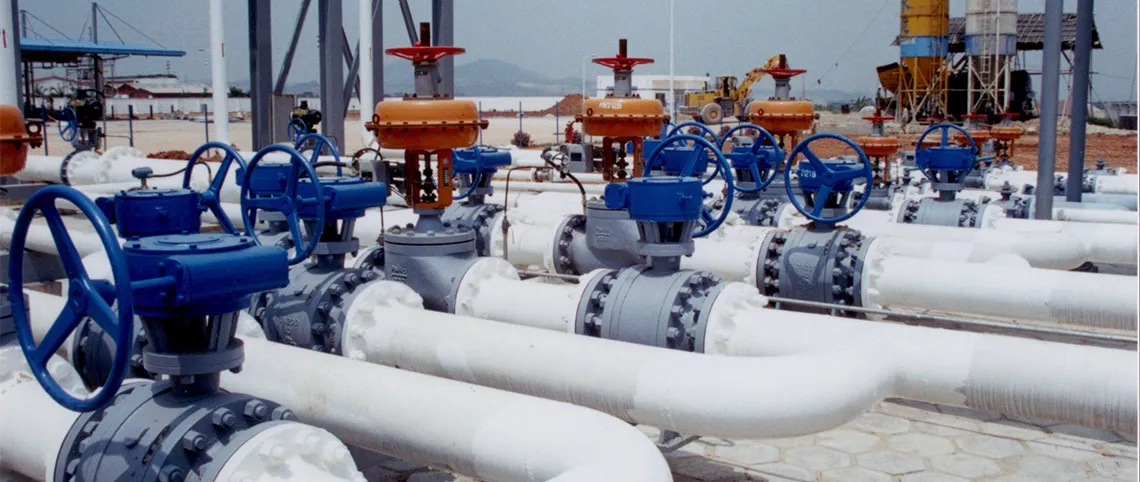نويابىر . 03, 2024 20:56 Back to list
three types of control valves
Three Types of Control Valves
Control valves are essential components in various industrial systems, playing a crucial role in regulating the flow of liquids, gases, and steam. They adjust the flow rate, pressure, temperature, and other variables in response to the signals from a controller, ensuring processes operate efficiently and safely. Among the myriad of control valves available, three types stand out due to their distinct functionalities and applications globe valves, ball valves, and butterfly valves.
1. Globe Valves
Globe valves are known for their ability to handle high-pressure drops and provide excellent throttling capabilities. The flow control mechanism of a globe valve involves a disc that moves up and down within a spherical body, obstructing or allowing flow through the valve. One of the significant advantages of globe valves is their superior flow regulation, which makes them ideal for precise control in processes that require fine adjustments. Moreover, they are less prone to vibration, enhancing operational stability. However, they are not the most efficient option for systems needing high flow rates due to their inherent pressure drop.
2. Ball Valves
three types of control valves

Ball valves are characterized by their quarter-turn operation, involving a spherical ball with a hole drilled through the center. When the valve is open, the hole aligns with the pipeline, allowing unrestricted flow. When closed, the ball turns 90 degrees, blocking the flow entirely. This design makes ball valves extremely reliable and suitable for on/off control applications. While they may not provide the precision of globe valves when it comes to throttling, their fast operation and excellent sealing capabilities are advantageous in industries requiring quick shut-off functions. Ball valves are widely used in oil and gas, water, and air services due to their durability and robust performance.
3. Butterfly Valves
Butterfly valves feature a disk as the controlling element, which rotates around a central axis to regulate flow. This valve type is notable for its compact design and lightweight structure, making it easy to install and maintain. Butterfly valves can be operated manually or via pneumatic and electric actuators, providing versatility in various applications. They are often employed in large pipelines and are suitable for high-volume flow regulation in both liquid and gas services. However, while they excel in open/close applications, their throttling capability is not as precise as that of globe valves, making them less ideal for applications requiring fine flow control.
Conclusion
Understanding the three main types of control valves—globe, ball, and butterfly—is essential for selecting the right valve for specific applications. Each type has its unique advantages and potential drawbacks, making them suitable for different processes. Globe valves are perfect for precise flow control despite their pressure drop, ball valves offer reliable on/off control with fast operation, and butterfly valves provide lightweight, space-efficient options for high-volume applications. Ultimately, the choice of control valve should align with the operational requirements and specific conditions of the industrial process in question, ensuring efficiency and safety in fluid management systems.
-
Why Metric Trapezoidal Thread is Ideal for Precision Motion ControlNewsAug.05,2025
-
The Unique Properties of a Block of Granite for Industrial UseNewsAug.05,2025
-
The Role of Flanged Y Strainers in Preventing Pipeline ClogsNewsAug.05,2025
-
The Importance of Regular Calibration for Master Ring GagesNewsAug.05,2025
-
How a Cast Iron Surface Table Enhances Accuracy in ManufacturingNewsAug.05,2025
-
Comparing Different Check Valve Types for Optimal Flow ControlNewsAug.05,2025
Related PRODUCTS









